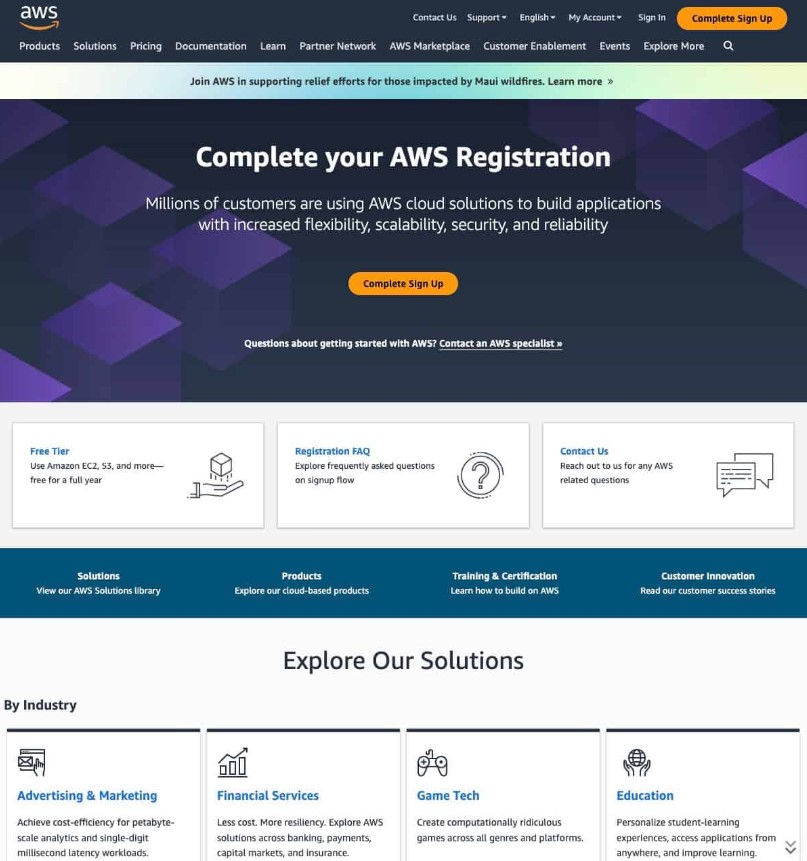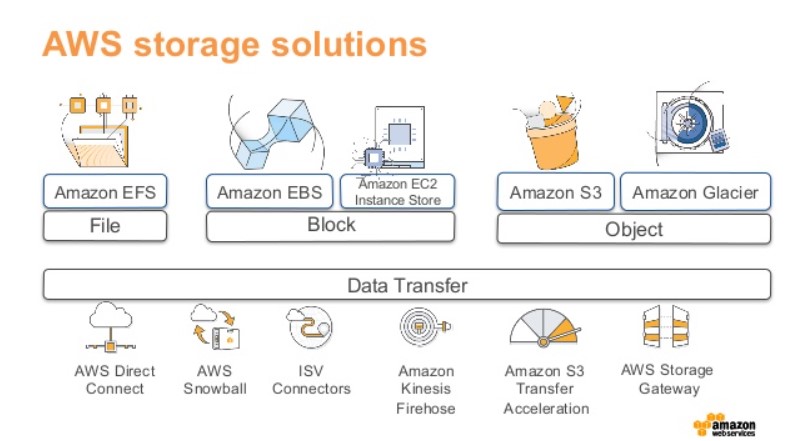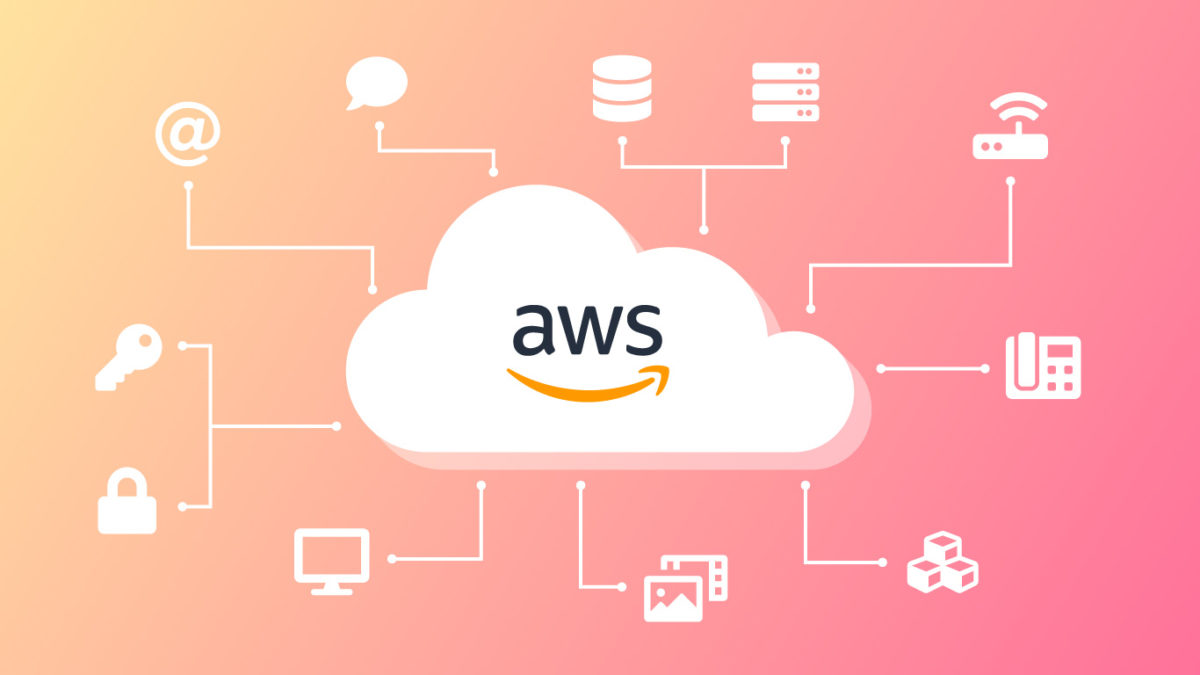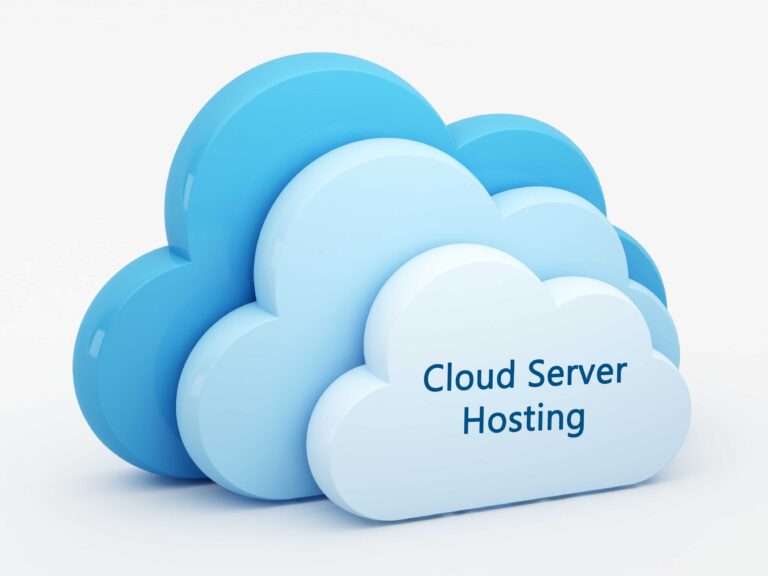Amazon Cloud Server: Unleashing the Power of AWS
The world of IT infrastructure has been revolutionized by the advent of Amazon Cloud Server, which runs on Amazon Web Services (AWS). The AWS platform provides a highly innovative and scalable solution for businesses looking to leverage the power of cloud computing. With in-depth knowledge of AWS and its Elastic Compute Cloud (EC2) service, organizations can unlock a vast array of opportunities to enhance their operations and maximize their potential.
Understanding Amazon Cloud Server
Understanding the origins and development of Amazon Web Services (AWS) is crucial as we begin our journey into the world of cloud computing. AWS has a remarkable history of innovation and expansion, from its modest beginnings to its current position as a leading global technology corporation. Its impact on how businesses approach IT infrastructure has been profound, making it essential to comprehend the foundation upon which AWS was established.
Introduction to Amazon EC2
The Elastic Compute Cloud, or EC2, is a crucial service that drives virtual server instances in the Amazon Web Services (AWS) cloud. It is essential to gain an understanding of its core features and capabilities for companies that wish to take advantage of the flexibility and scalability offered by Amazon Cloud Server. EC2 offers on-demand provisioning and flexible pricing models that are suitable for a wide range of applications and use cases. This service empowers businesses to adapt and strive in today’s dynamic digital landscape.
Getting Started with Amazon Cloud Server

If you’re planning to use Amazon Cloud Server, the first step is to create an AWS account. It is important to carefully go through the registration process and set up your account settings to ensure a hassle-free onboarding experience. Once your account is up and running, you can access the Amazon Cloud Server Management Console where you’ll find a wide range of services and features that are designed to make managing your cloud infrastructure easy and efficient.
Deploying Instances on Amazon EC2
To deploy instances on Amazon EC2, it is crucial to choose the right instance types and configure settings that suit your specific needs. This helps optimize performance and enhance efficiency. Furthermore, selecting the appropriate operating systems and customizing instance images is essential for building a robust and resilient infrastructure on Amazon Cloud Server. By doing so, you can create a highly reliable and scalable environment that meets your business requirements.
Cloud Server Hosting : A Comprehensive Guide
Managing Amazon Cloud Server Resources
Optimizing the performance and reliability of Amazon Cloud Server resources is of utmost importance. To ensure seamless operations in the cloud, it’s essential to proactively manage resources by starting, stopping, and terminating instances, and modifying instance attributes as needed. One way to monitor resource utilization and performance in real-time is by using Amazon CloudWatch. This valuable tool provides insightful performance metrics that enable businesses to make data-driven decisions and keep their cloud resources operating at peak efficiency.
Networking and Security on Amazon EC2
To ensure the security of your Amazon Cloud Server environment, it is essential to configure virtual networks and implement robust security measures. One of the ways to achieve this is by creating Virtual Private Clouds (VPCs) which are isolated virtual networks that provide enhanced control over your cloud infrastructure. You can also set up security groups and access control lists (ACLs) to establish secure communication channels and restrict unauthorized access.
It’s important to note that managing access control through IAM roles is a critical aspect of securing your cloud infrastructure. IAM roles allow you to control who has access to your Amazon Cloud Server resources and what actions they can perform. This helps you limit the risk of unauthorized access and prevent malicious activities.
Another critical security measure is securing instance access with key pairs. You can create key pairs to ensure that only authorized users can access your instances. With key pairs, users must have a private key to log in to the instance. This adds a layer of security to your cloud infrastructure and helps prevent unauthorized access. In summary, configuring virtual networks, creating VPCs, setting up security groups and ACLs, managing access control through IAM roles, and securing instance access with key pairs are essential security measures that can help safeguard your Amazon Cloud Server environment.
DigitalOcean Managed Hosting: Elevating Your Online Presence
Scaling and Load Balancing
One of the key benefits of using Amazon Cloud Server is its ability to scale up or down to meet changing demands. With horizontal scaling and auto-scaling groups, you can easily adjust your resources to ensure optimal performance. Auto-scaling policies and load balancing across instances help distribute incoming traffic across multiple servers, allowing for better resource utilization and responsiveness. By leveraging Elastic Load Balancing (ELB), you can further enhance scalability and fault tolerance, ensuring that your system can handle traffic spikes and unexpected outages.
Data Storage Solutions on Amazon Cloud Server

In cloud computing, having reliable and efficient data storage solutions is crucial to ensure smooth operations. Fortunately, Amazon Web Services (AWS) offers two excellent options for storing data: Amazon Elastic Block Store (EBS) and Amazon Simple Storage Service (S3).
Amazon EBS is a persistent block storage solution that provides different types of volumes optimized for various workloads. It is designed to provide scalable and reliable storage for Amazon Elastic Compute Cloud (EC2) instances, making it easier for businesses to store and access their data.
On the other hand, Amazon S3 is an object storage solution that offers scalable and durable storage for data-intensive applications and content. It is designed to provide high availability, durability, and security for data stored in the cloud. Both Amazon EBS and Amazon S3 are excellent options for businesses looking for reliable and efficient data storage solutions in the cloud.
Best Server Cloud: Navigating the Landscape of Cloud Computing
Backup and Disaster Recovery
Any business must have a reliable system for backup and disaster recovery in place to protect their critical data and ensure smooth business operations. By taking snapshots of Amazon EBS volumes and implementing incremental backups and recovery points, businesses can minimize data loss and downtime during unexpected events. In addition, incorporating disaster recovery strategies such as multi-region replication and failover architectures can further enhance the resilience of the system and mitigate the impact of unforeseen events.
Optimizing Performance and Cost Efficiency
As we delve deeper into the realm of cloud computing, it becomes increasingly apparent that maximizing performance and cost efficiency is an endeavor that requires constant attention. To achieve this goal, there are a few techniques we can employ, such as right-sizing EC2 instances and utilizing instance placement groups to allocate resources and enhance performance. Furthermore, cost optimization strategies such as reserved instances, spot instances, and savings plans can help us maximize cost efficiency while still maintaining a high level of reliability and performance.
Advanced Features and Services of Amazon Cloud Server
Amazon Cloud Server offers a range of advanced features and services that can unlock numerous possibilities for businesses. Among these features, Amazon Elastic Container Service (ECS) provides an efficient way to deploy and manage containerized applications, while AWS Lambda has revolutionized event-driven architecture and application deployment through serverless computing. By exploring these options, businesses can benefit from improved efficiency and scalability in their operations.
Security Best Practices and Compliance
Implementing security best practices and ensuring compliance with regulatory requirements are paramount for building trust and confidence in your Amazon Cloud Server environment. Data encryption at rest and in transit, coupled with network security measures such as VPC endpoints, safeguards sensitive information from unauthorized access and breaches. Achieving compliance with AWS compliance programs and certifications demonstrates a commitment to maintaining the highest standards of security and integrity.
Future Trends and Innovations
Looking ahead, emerging technologies such as artificial intelligence (AI), machine learning (ML), edge computing, and the Internet of Things (IoT) are poised to reshape the landscape of cloud computing. Amazon Cloud Server continues to innovate and evolve, introducing new services and features that push the boundaries of what’s possible in the cloud. Predicting the future of Amazon Cloud Server entails embracing these trends and leveraging AWS’s continued commitment to innovation and excellence.
Conclusion
In conclusion, Amazon Cloud Server, powered by AWS, represents a paradigm shift in the way businesses approach IT infrastructure. From its inception to its current status as a global leader in cloud computing, Amazon Cloud Server has empowered organizations to innovate, scale, and thrive in today’s digital economy. As we continue to unlock the power of the cloud, the importance of Amazon Cloud Server in modern IT infrastructure cannot be overstated. By embracing its capabilities and staying abreast of emerging trends and innovations, businesses can unleash the full potential of AWS and chart a path to success in the digital age.





